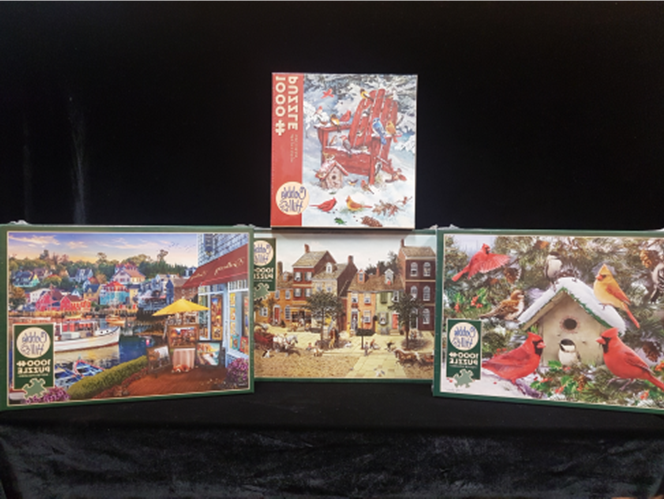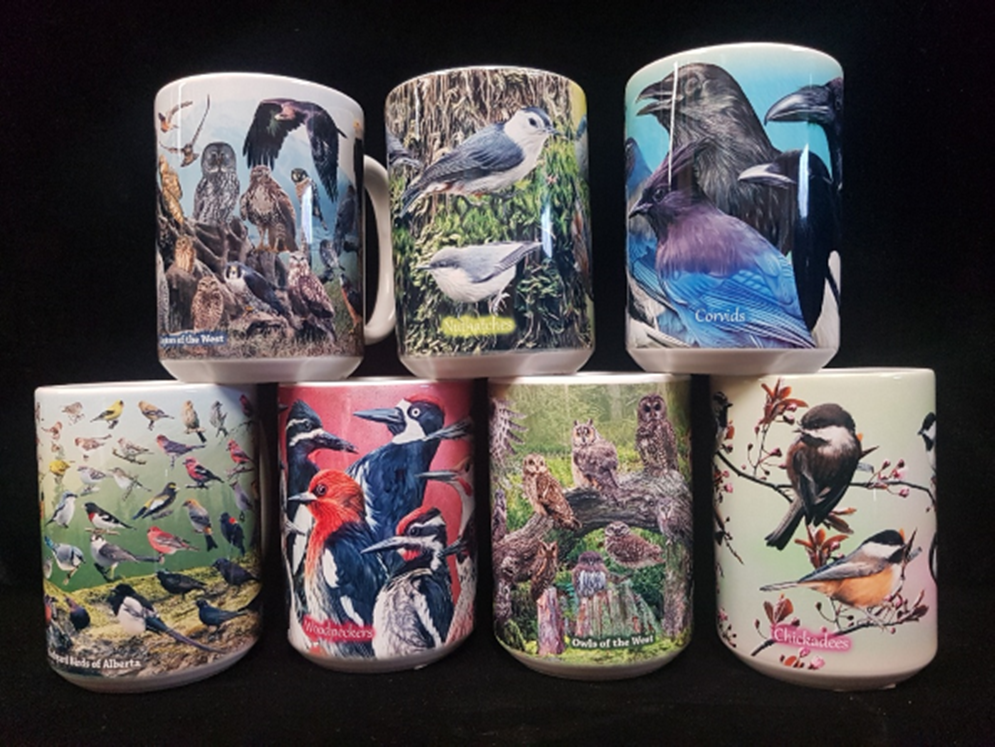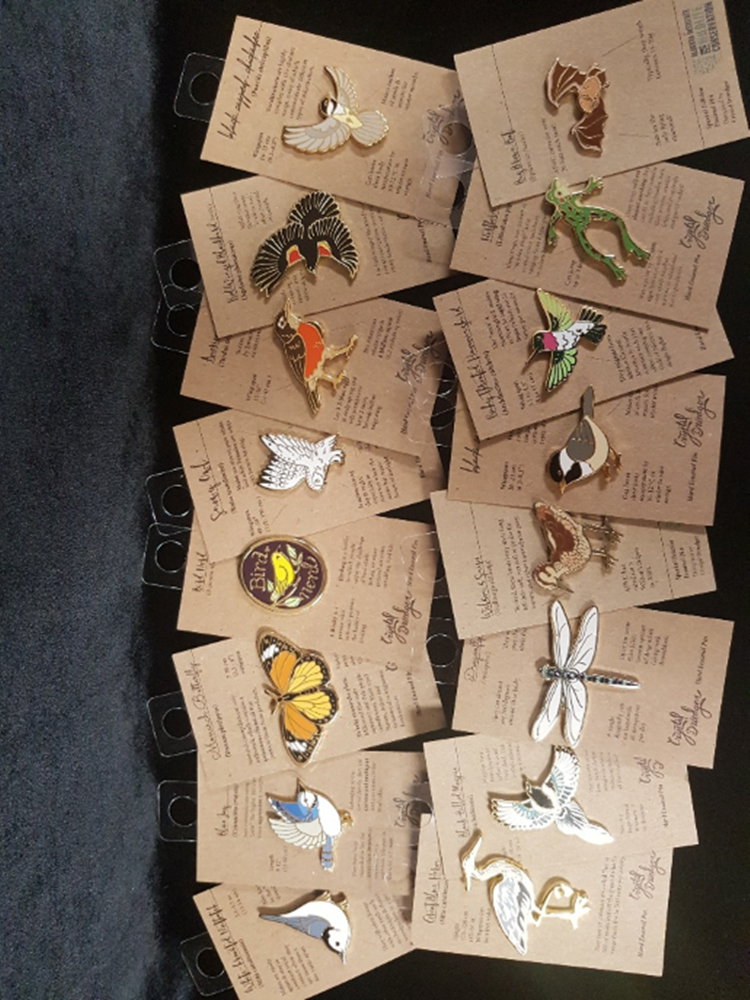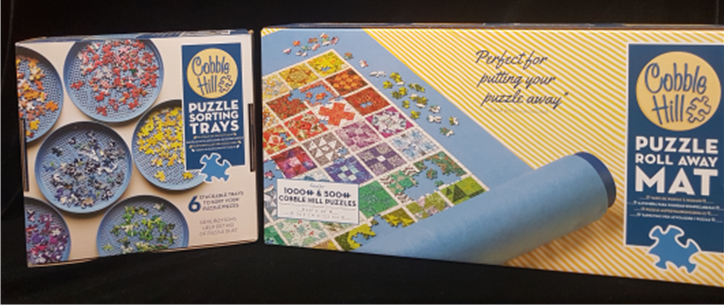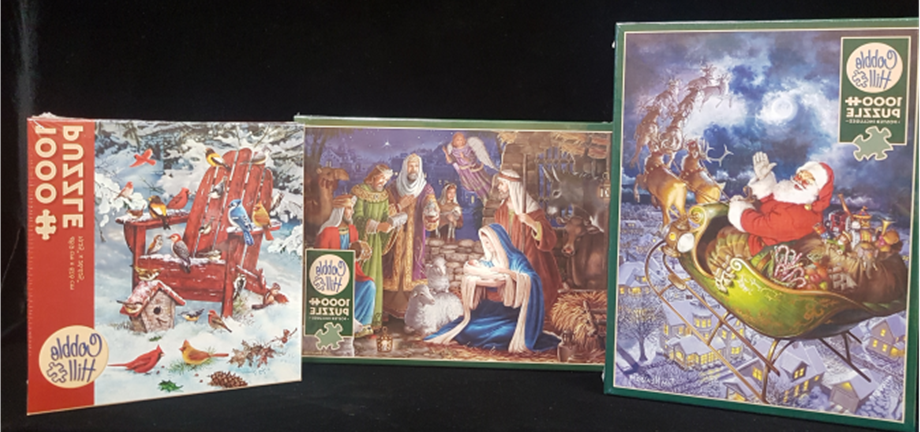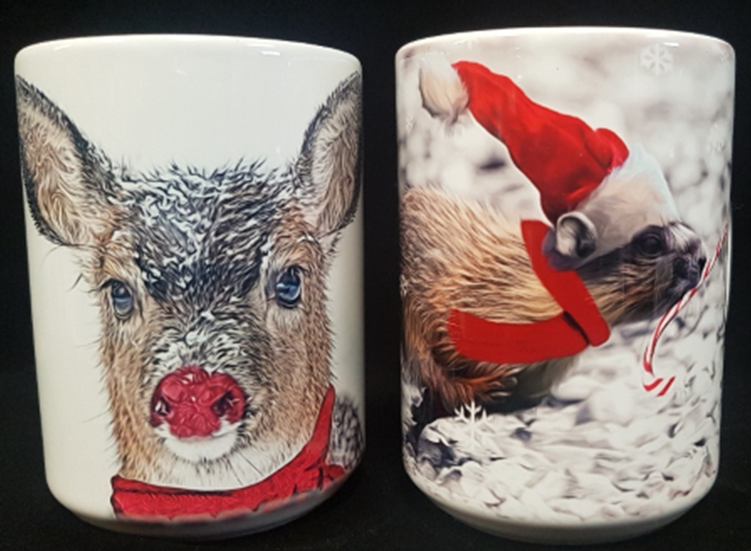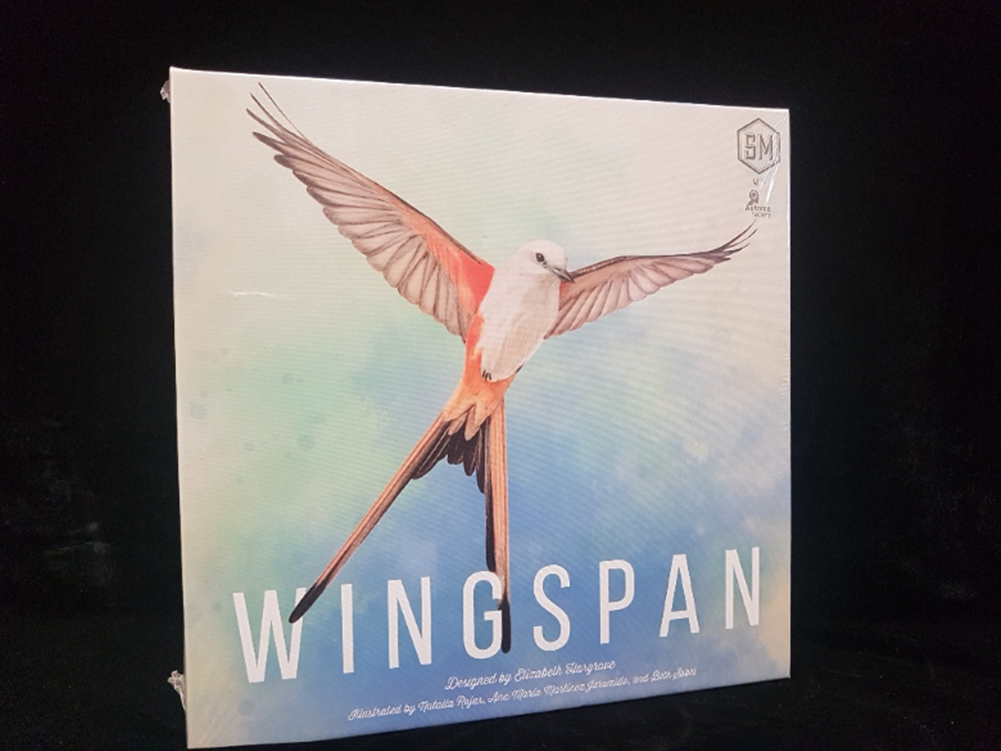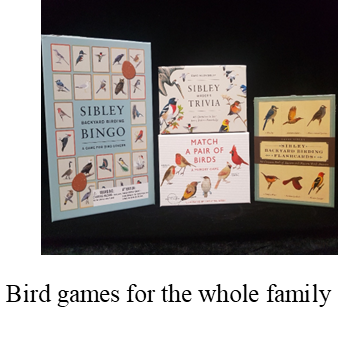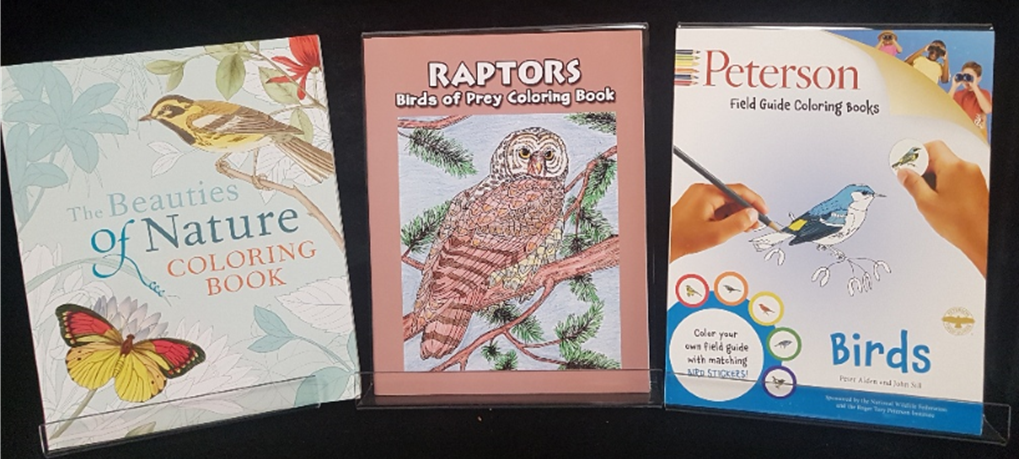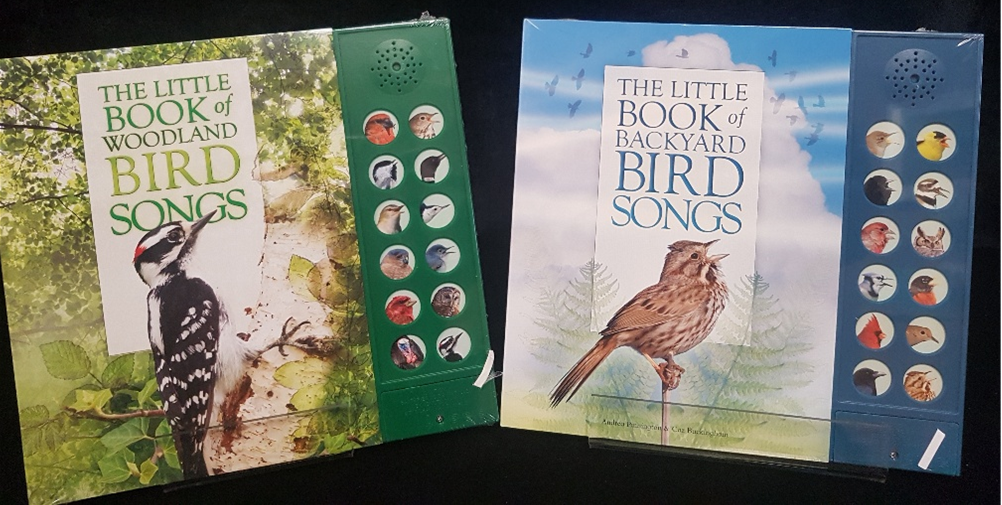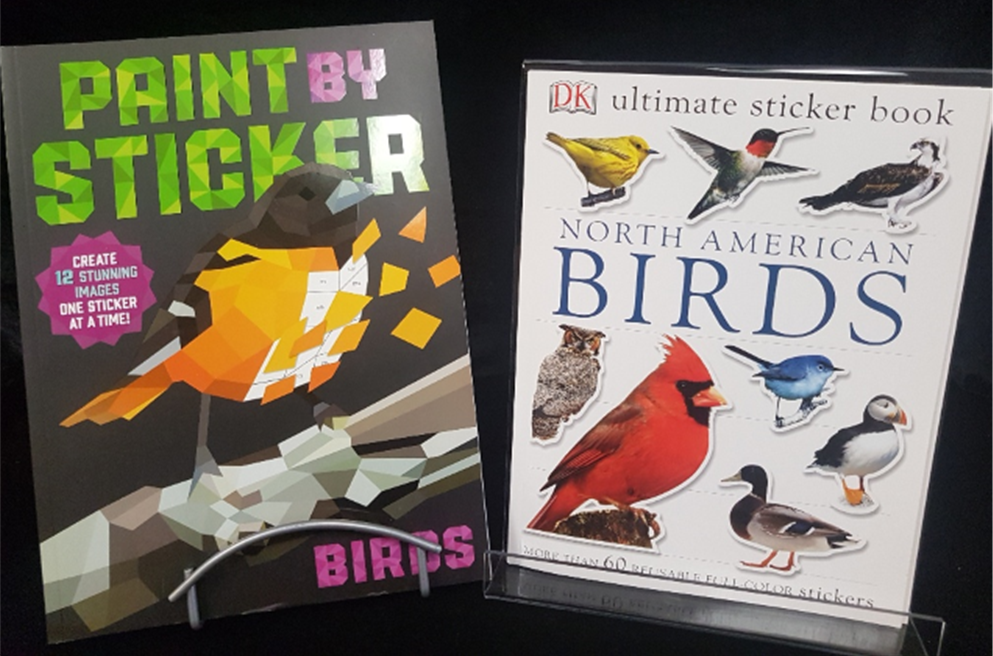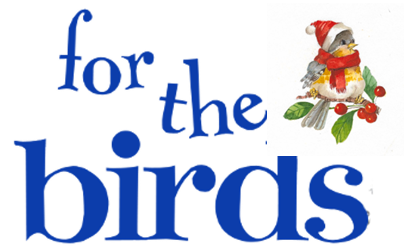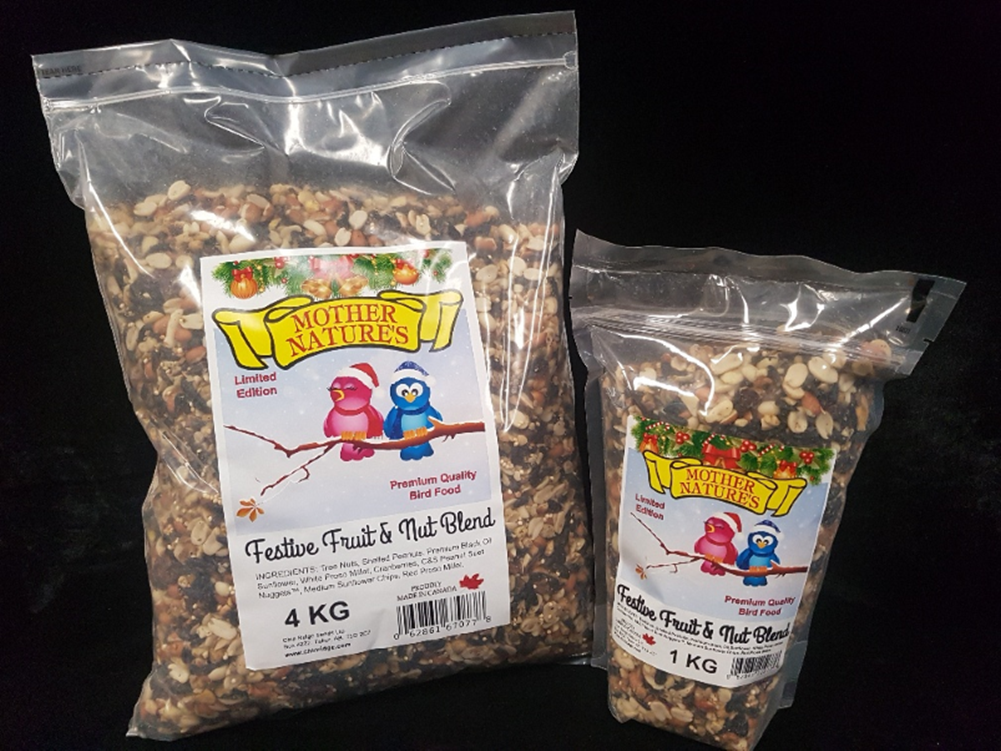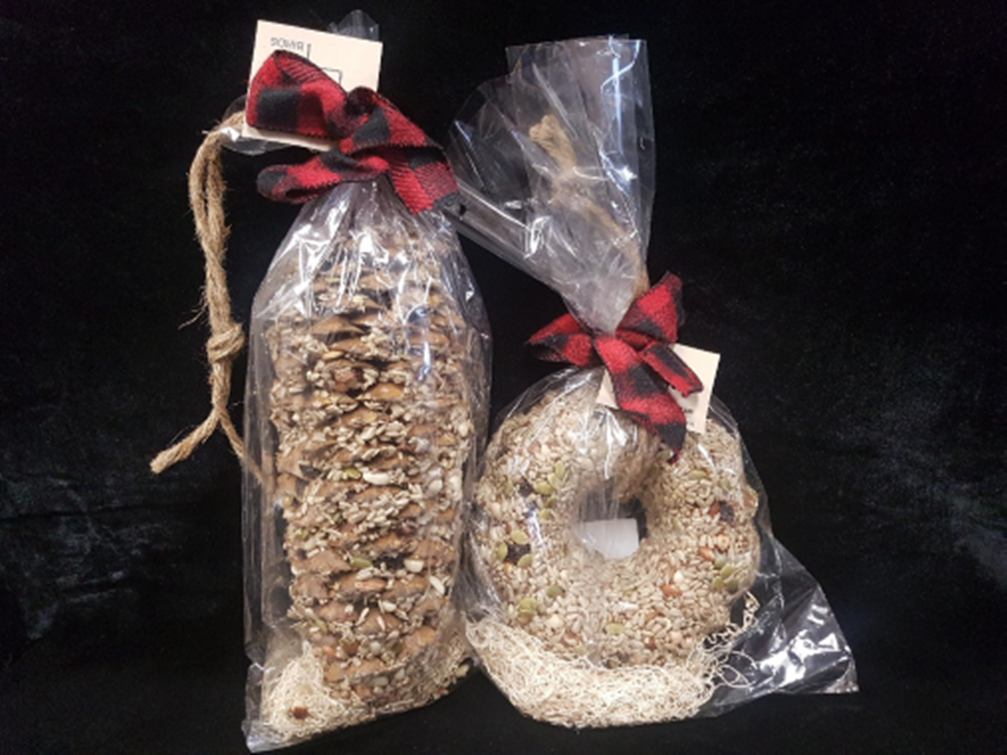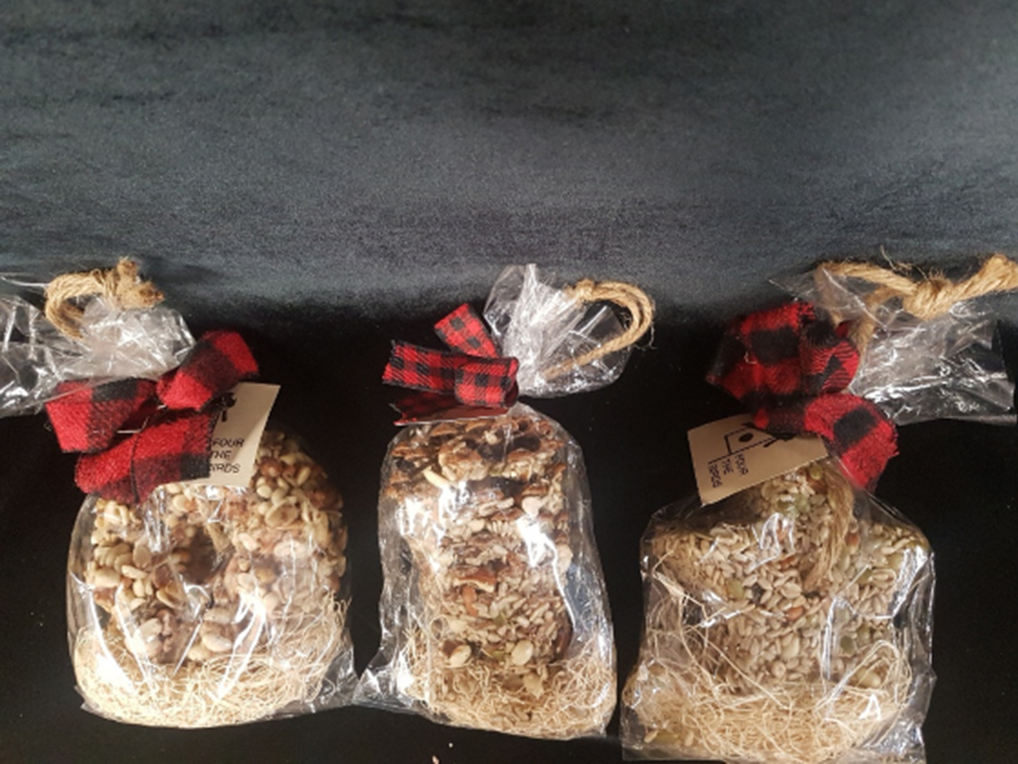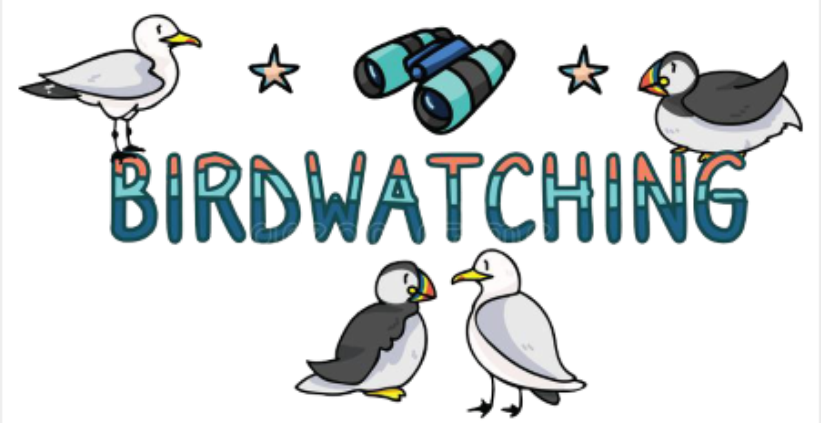PLEASE NOTE:
Jim will be away until January 2024 due to health reasons. The Wild Bird Store wishes him well. He is hoping to be able to do a Snowy owl prowl in early January 2024. Please stay tuned for an update on when Saturday morning bird walks will return.
All participants on any bird walk must have purchased a ticket through Eventbrite.ca and present the ticket to Jim prior to the bird walk. The weather plays a big part in bird walks and Jim reminds participants to dress anticipating weather changes and to carry water to keep hydrated.
We offer a discount if you return your seed bags (sorry—not the Mother Nature bags which we cannot re-use), suet ball containers, if you bring your own container to fill or use a bag from our re-cycle bin. This discount is in addition to any other discount offered.
All About Birds
WHY DON’T BIRDS GET COLD FEET?
Actually, songbirds do get very cold feet: the surface temperature of their toes may be barely above freezing even as the bird maintains its core body temperature above 100 degrees F (38 degree C). But most birds don’t succumb to frostbite because there is so little fluid in the cells of their feet, and their feet are mostly tendons and bones with little muscle or nerve tissue.
Birds also have a countercurrent heat exchange system in their legs and feet—the blood vessels going to and from the feet are very close together, so blood flowing back to the body is warmed by blood flowing to the feet. The newly cooled blood in the feet lowers heat loss from the feet, and the warmed blood flowing back into the body prevents the bird from becoming chilled. And because bird circulation is so fast, blood doesn’t remain in the feet long enough to freeze.
Birds may also alternate standing on one foot at a time, pulling one up into their warm downy feathers, while the other stands in the cold, and then reversing them. An when birds perch they can lower their bodies down to cover their feet, keeping their feet warm with their feathers.
Do cold feet bother birds? It’s hard to say for sure, but we do know that birds like Common eiders and Snow buntings have few pain receptors in their feet.


